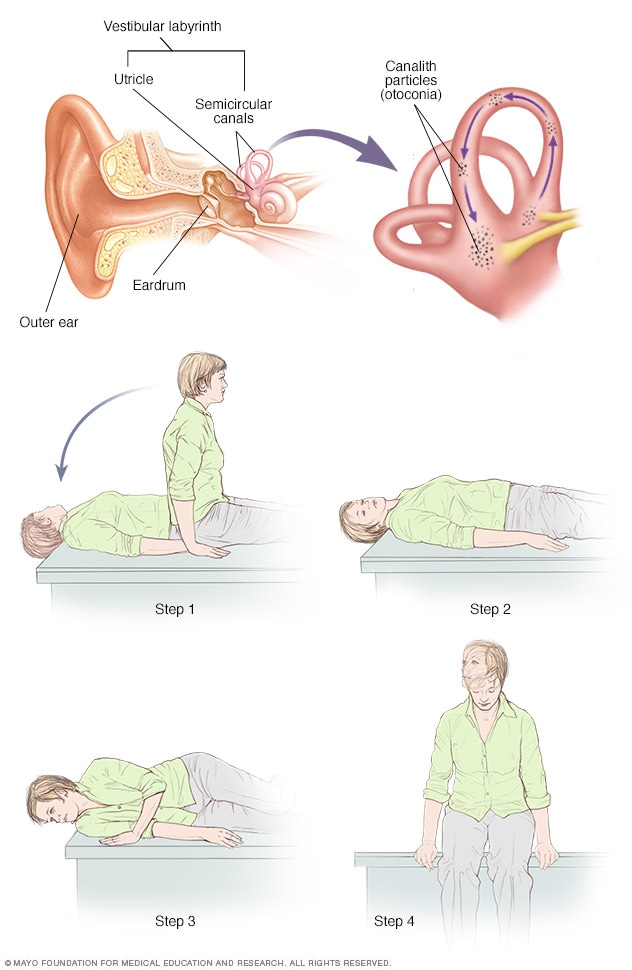"Deciphering the Epley Maneuver: A Key to Overcoming Vertigo in a PDF Guide"
"Download our Epley Maneuver PDF guide to learn step-by-step how to perform this effective treatment for vertigo at home. Trustworthy and expert-approved."

Vertigo is a distressing condition often characterized by a sensation of spinning or feeling off-balance. It can significantly affect an individual's quality of life. One effective treatment tool for a common cause of vertigo, known as Benign Paroxysmal Positional Vertigo (BPPV), is the Epley Maneuver. This non-invasive technique has been assisting patients worldwide in managing and mitigating symptoms of BPPV.
The Epley Maneuver, also known as canalith repositioning procedure, was developed by Dr. John Epley in the late 20th century. It is a series of head movements performed by a healthcare provider designed to dislodge the tiny crystals of calcium carbonate, called canaliths, from the semicircular canals of the inner ear where they can cause vertigo, and move them to a place where they no longer cause symptoms.
Before the procedure, a medical professional will confirm the diagnosis of BPPV through a simple test called the Dix-Hallpike maneuver. Once BPPV is confirmed, the Epley Maneuver can be performed. It typically involves the patient sitting upright on an examination table, quickly lying back with the head tilted to one side, rolling onto one side, then sitting up again. These movements are designed to shift the canaliths out of the semicircular canals and into the utricle where they can be absorbed by the body.
An Epley Maneuver PDF can provide a detailed, step-by-step guide to performing the procedure. It often includes diagrams and instructions, making it a handy tool for healthcare practitioners. However, it is crucial to remember that while the Epley Maneuver is a highly effective treatment for BPPV, it should be performed under the supervision of a healthcare professional to avoid potential complications and ensure correct procedure.
Despite its efficacy, it's important to note that the Epley Maneuver is not a one-size-fits-all solution. It primarily targets BPPV occurring in the posterior semicircular canal, the most common form of this condition. There are other types of BPPV and other causes of vertigo that require different strategies for treatment. Therefore, any persistent or recurring episodes of vertigo should be evaluated by a healthcare professional to ensure the most appropriate treatment is provided.
In conclusion, the Epley Maneuver provides a simple, effective treatment option for patients suffering from BPPV. It's an excellent example of how understanding the underlying cause of a condition can lead to targeted, non-invasive treatment options. An Epley Maneuver PDF serves as a valuable resource for both healthcare professionals and patients, providing a clear guide to the procedure. However, it's important to remember that any treatment for vertigo should be carried out under professional supervision to ensure safe and effective results.



